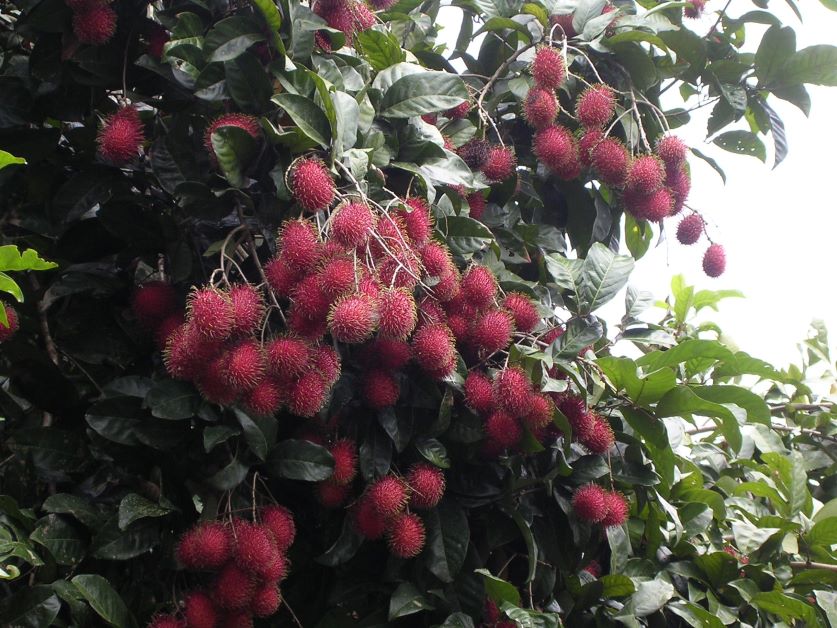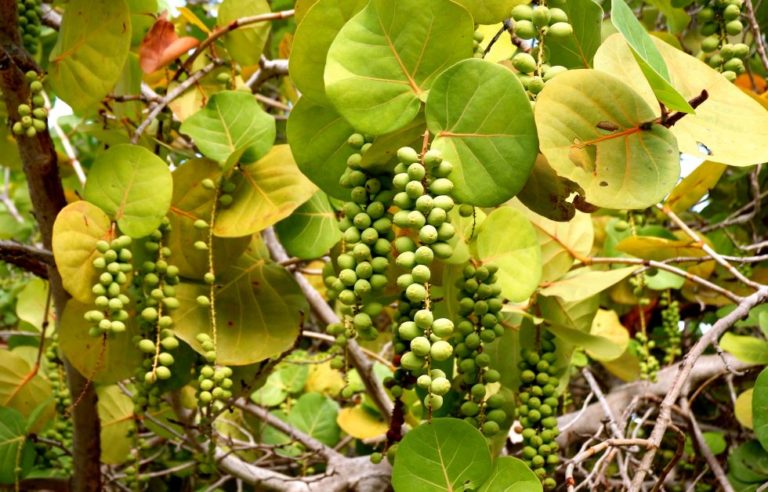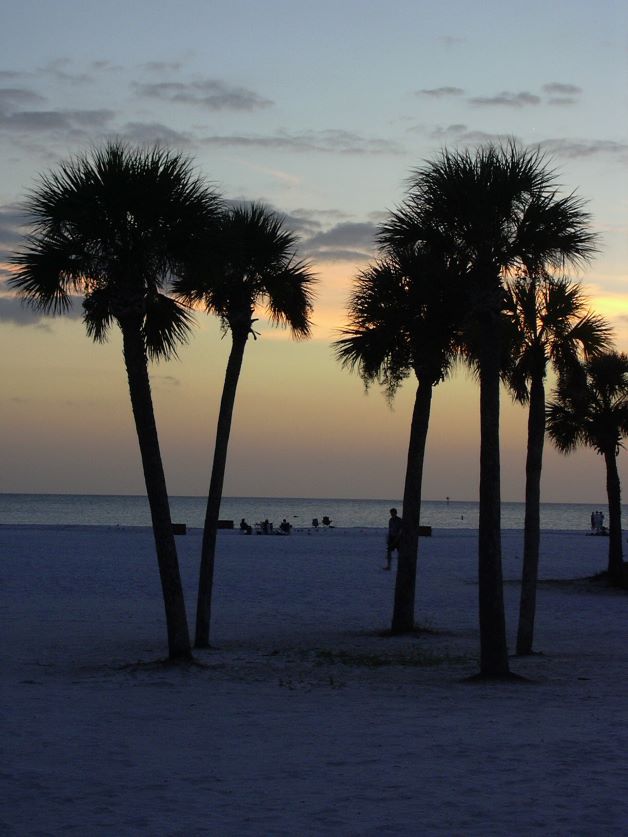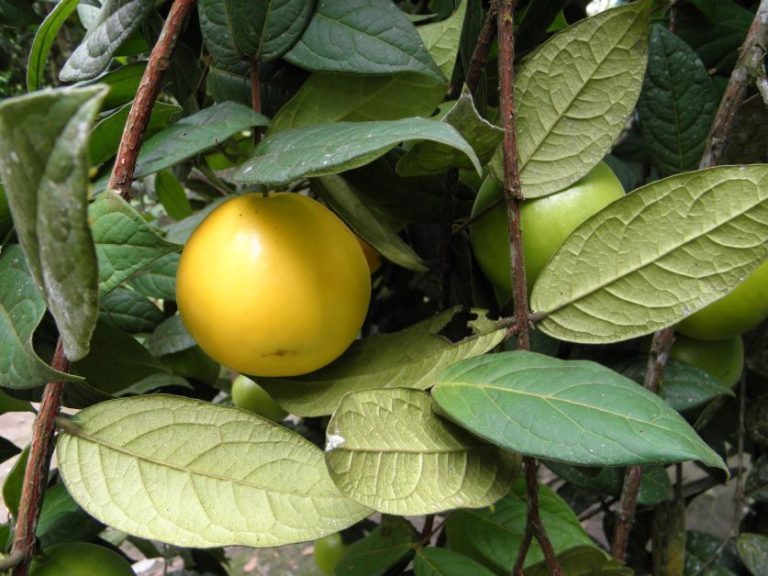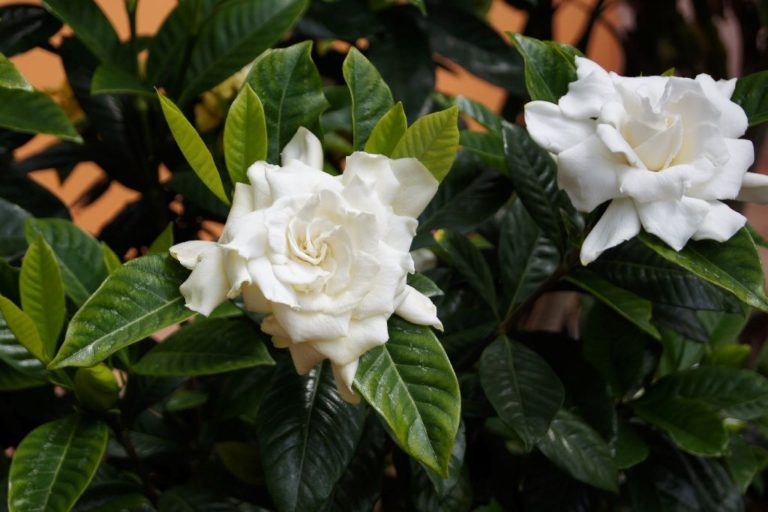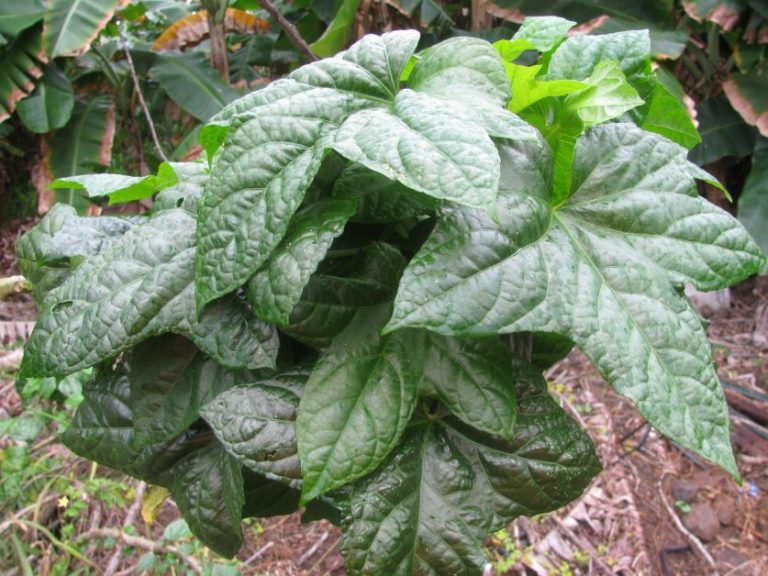Can You Grow Rambutan in Florida?
I was lucky enough to score some rambutan at my local big-box grocery the other day. I’ve always wanted to try this rare fruit but have never seen it for sale. I snatched up that rambutan, took it home, and gave it a taste. Wow! This fruit isn’t like anything I’ve tried before. From its weird, alien-like skin to its subtle yet exotic flavor, the rambutan is one of the most unique fruits in the world.
The only thing I knew about rambutan going in was that it’s tropical. Well, Florida’s tropical, so that got me thinking…can you grow rambutan in Florida and if so, how?
What is Rambutan?
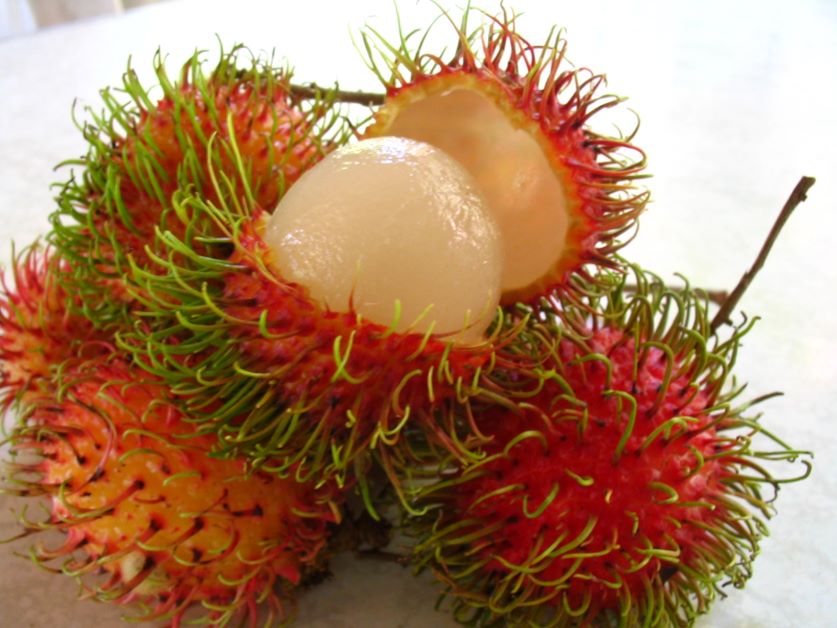
Rambutan (Nephelium lappaceum) is a tropical fruit tree native to Malaysia. It’s a cousin to the lychee and longan. The name “rambutan” loosely translates to “hair” in English, and you can see why just looking at the thing. The rambutan is covered in spikes but don’t worry, these spikes are soft and won’t prick you when you handle it.
Like cocoplum, Indian jujube, rose apple, peanut butter fruit, and the Barbados cherry, rambutan is a drupe. That means that it’s a fruit with a seed in the middle. Rambutan tastes sort of like a grape, but a little less sweet, a little less juicy, and a lot more tropical.
Rambutan trees are huge evergreens, reaching heights of up to 80 feet when grown in the wild. There are several varieties of rambutan, but the main 2 types are red and yellow. Yellow rambutan is sweeter but the fruit is also harder to remove from the skin and seed.
Can You Grow Rambutan in Florida?
Yes (kinda). The heat and humidity of South Florida are perfect for growing rambutan. Central and North Floridians, however, will need to grow theirs in pots because of how sensitive to cold the rambutan plant is. As long as you live in USDA zones 10+, you can grow rambutan outdoors year-round.
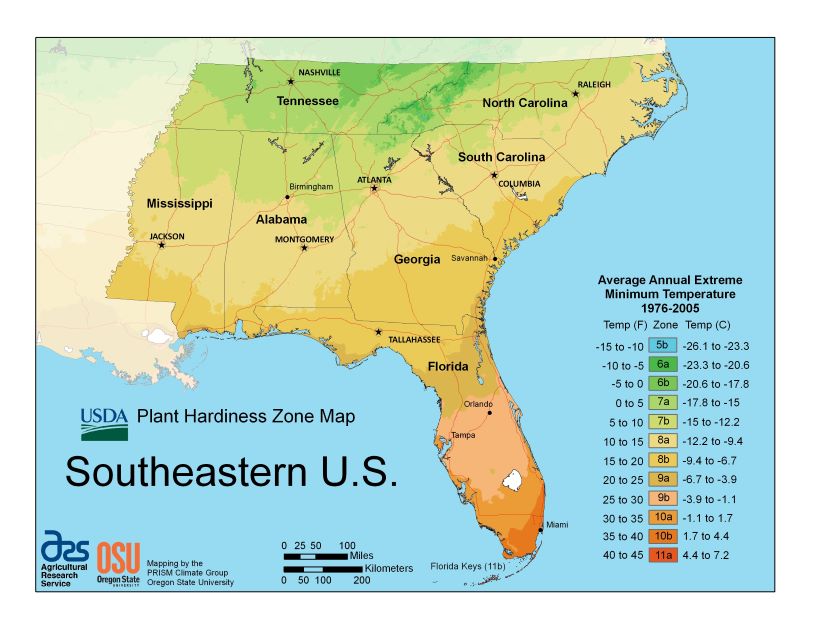
The label on the rambutans I bought at my local Central Florida grocery store says that they were grown in Guatemala and packed in Miami. Rambutans don’t store or ship well, so you’re more likely to find rambutan for sale if you live near a tropical zone.
Rambutan vs. Lychee
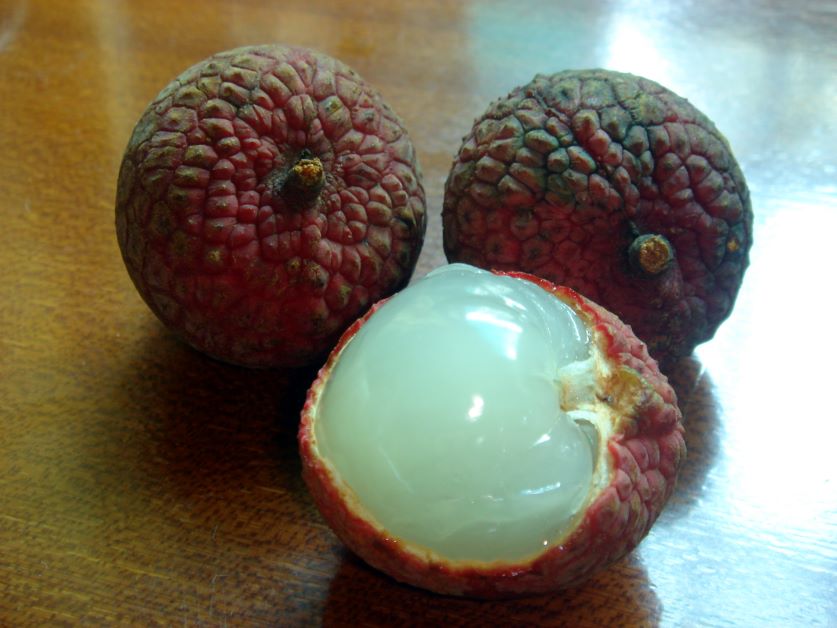
Rambutan and lychee are similar, but they aren’t the same. Lychee (Litchi chinensis) lacks hairy spikes and instead is covered in bumpy skin (also inedible). The inside of a rambutan and a lychee fruit do look a lot alike, but most say that lychee tastes more floral than rambutan.
How to Grow Rambutan from Seed

Growing rambutan from seed is easy. You can plant rambutan seed that you buy online or you can plant the seed you get from inside the rambutan fruit you buy from the grocery store.
To grow rambutan from seed:
- Optional: wrap your rambutan seeds in a damp paper towel and put them in a Ziploc bag. Your seeds should sprout in 2 to 4 days.
- Fill seed starter pots with 2 parts high-quality potting soil and 1 part sand or perlite.
- Bury your seeds horizontally about 1 inch deep.
- Water your seedlings and keep the soil moist but not soggy. If possible, use rainwater or spring water because tropical seedlings can be sensitive to chlorine.
- Keep your seedlings at 75F+ and 75%+ humidity. If needed, place a humidity dome over your seedlings, or loosely cover them with a bag.
- Your seedlings should be fully sprouted and growing in 10 to 20 days.
- It’ll take 2 or more years for your rambutan seedlings to be ready for the ground, so gradually step up the size of your rambutan container the bigger they get.
Is Rambutan Self-Fertile?
Yes and no. Rambutan trees can either be male, female, or hermaphroditic. Most rambutan saplings turn out to be male, in which case they will not produce fruit without cross-pollination. To play it safe, you should plant several rambutan trees to increase your chances to yield fruit.
Rambutan Growing Conditions

Light
Rambutan do best in part sun or filtered light – give them sunshine in the morning but plant them in an area that’s protected from the harshest afternoon rays. They should get at least 13 hours of light a day.
Temperature and Humidity
You can only grow rambutan outdoors year-round if you live in USDA zones 10+. Even short periods of 50F will cause rambutan to suffer and anything lower will kill your tree. The ideal temperature range for rambutan is 80F to 82F with humidity in the lower 80%.
Water
Like most tropical plants, rambutan isn’t drought-tolerant and needs consistent watering. Make sure that your rambutan gets 1 inch of water every week. In winter, reduce the amount of water you give your rambutan to encourage better flower production.
Soil
The most important thing about rambutan soil is that it’s well-draining and fertile. The soil in Florida is naturally sandy (which is good), but it lacks nutrients. Amend your soil with oak leaf compost or aged manure 2 weeks before planting your rambutan into the ground. Rambutan prefers a soil pH between 4.5 to 6.5.
Fertilizer
Fertilize your rambutan with aged manure or organic fruit tree fertilizer every 6 months once your tree reaches 1 year old. Make sure to follow the directions on the package to avoid overfeeding.
Pruning
Pruning your rambutan tree can help keep it manageable and in turn, make it easier to harvest your fruit. The taller your tree gets, the higher up your fruit will be. When your tree is not flowering or fruiting, shape it as needed by removing excess branches, suckers, and foliage.
How Long Does it Take for a Rambutan Tree to Bear Fruit?
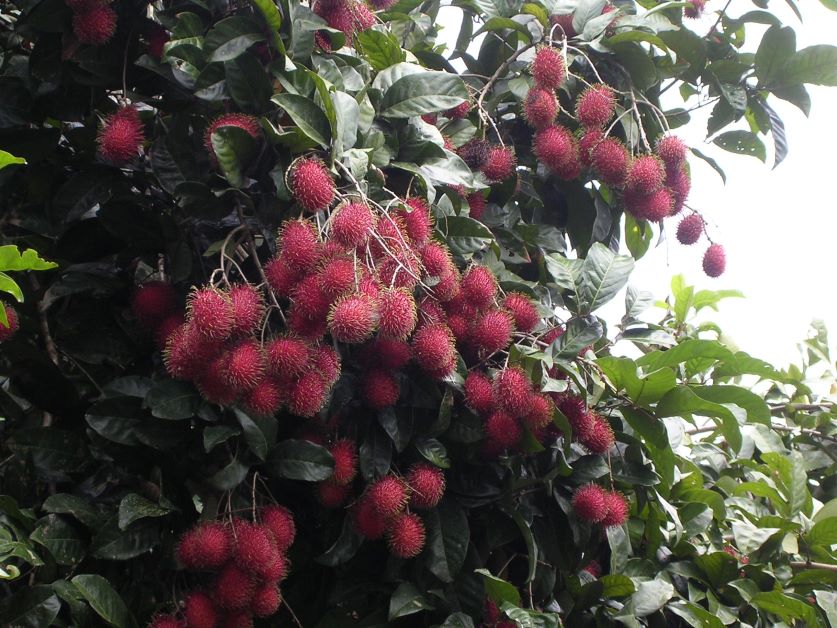
In a perfect climate, it can take 5 to 7 years for a rambutan to bear fruit when grown from seed. Have patience — this isn’t a fast-growing tree.
Rambutan doesn’t ripen after it’s harvested and is ready to pick when it turns reddish-pink or when it turns yellow (depending on variety). Rambutan fruit grows in bunches and it’s normal for a few of the fruit to still be green while most are ripe. Just pick the bunch and toss the underripe fruit.
In most tropical climates, rambutan season is from February to March and then again from August through September (although 2 harvests in 1 year aren’t guaranteed).
How to Eat Rambutan
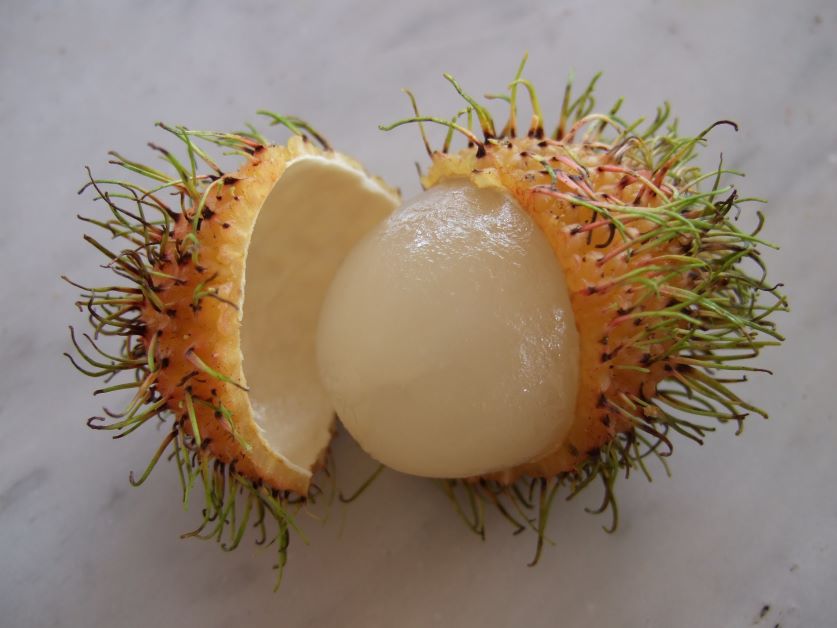
Take a knife and carefully score the rambutan around the middle. Then, peel back the skin to reveal the white globe of fruit inside and bite the fruit off of the seed. Rambutan skin and seeds are inedible.
Can You Grow Rambutan in a Container?
Yes, you can grow rambutan in a container. Unless you live in the very warmest parts of the world, you have no choice but to grow rambutan in a container because you’ll need to protect it from the cold.
Fruit trees grow best in a 10-gallon or 15-gallon container. Your rambutan container will be heavy, so you may want to invest in a plant dolly to make it easier to move it indoors when needed.
Growing rambutan in containers requires slightly different care than those grown in the ground.
First off, it’s easier to overwater or underwater a container-grown rambutan. Be diligent and keep your soil moist but not soggy. Rambutan is sensitive to drought and needs consistently moist soil to thrive. At the same time, it’s easier for your tree to become waterlogged in a container. Make sure to use a well-draining soil such as 1 part potting mix, 1 part oak leaf compost, and 1 part sand.
Additionally, fruit trees in containers “eat” through the nutrients in their soil quicker than those grown in the ground. I prefer to use organic fruit and citrus fertilizer spikes to grow rambutan in a pot.

